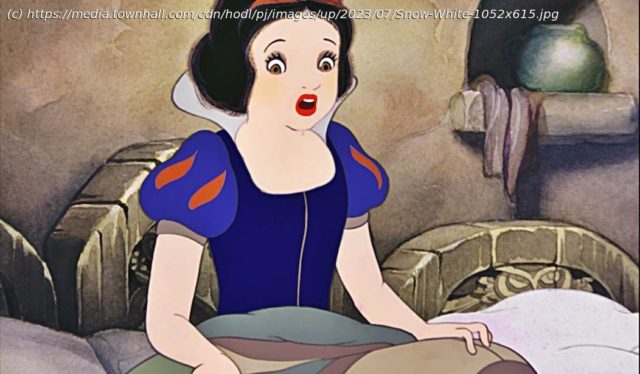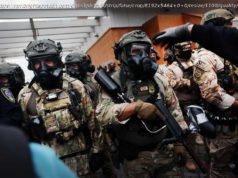Explore the PR battle between Ukraine and Russia and the challenges of peace deals.
Here’s an early tipoff on whether or not President Donald Trump’s meeting today with Ukrainian President Volodymyr Zelensky is gonna go well: Pretend you’re Mr. Blackwell and keep a keen eye on the fashion. That’s our cue: If Zelensky shows up at the White House without a suit and a tie (again), this meeting is gonna go south in a hurry.
Say what you want about Putin, but at least he didn’t show up in Alaska wearing a tracksuit.
We’re in a brand-spanking-new phase of the Russia-Ukraine PR war. The first chapter was all about the evil Russians and the brave, plucky Ukrainians who had defied the odds — whipping and wounding the mighty Russian Bear. Sure, there were always a hodgepodge of Russian apologists who blamed the West for “provoking” Russia into invading its neighbors, but Western hearts were firmly aligned with the Ukrainian people.
And Zelensky? The dude became a rockstar. His “I need ammunition, not a ride” line sounded like something Bruce Willis might say in “Die Hard.”
My man was such a rockstar that he even made an appearance at the Grammy Awards!
Had the Ukrainian military pressed its (brief) advantage and pulled off the upset, Zelensky would’ve been heralded as our generation’s George Washington — an inspirational, charismatic leader on par with giants like Churchill. He’d be the most admired, most celebrated man on Earth.
Unfortunately, the Ukrainian advance stalled. And what happened next was exactly what always happens when Russia goes to war. As we discussed in yesterday’s VIP column (which y’all should 100% join):
If you’re a superfan of world history, the Russia-Ukraine war has been a microcosm of pretty much every single Russian war over the last 500 years:
The first year is a disaster. The Russians are disorganized and unprepared. Their military, which rewards corruption and cronyism (and eyes competency with suspicion), embarrassingly underperforms.
But then they figure it out — mostly by throwing bodies at the problem until something finally cracks. Usually it’s their enemy — but sometimes it’s the Russian government.
Next came the phase in the story when the dominant narrative was the grinding, methodical gains of the Russian War Machine. Little by little, in this brutal, bloody war of attrition, more and more Ukrainian land was being devoured.
And in the process, hundreds of thousands of brave young men were dying.
The significance of the Trump-Putin summit wasn’t whether or not it led to an instant peace deal. That wasn’t realistic. But the summit was still a matter of life-and-death importance because it signaled a potential off-ramp from the current chapter.
(This — if your sympathies are with the Ukrainians — is a very good thing.






